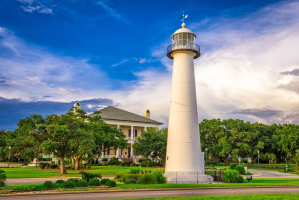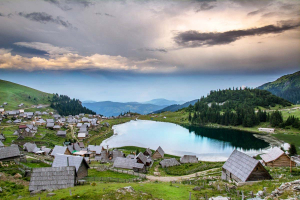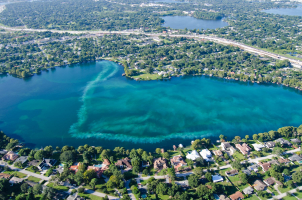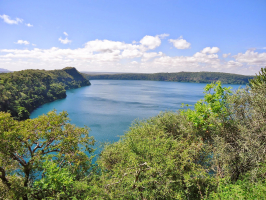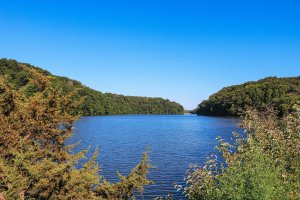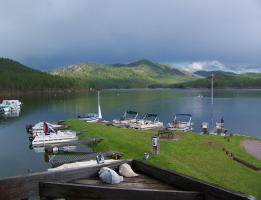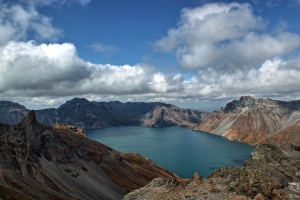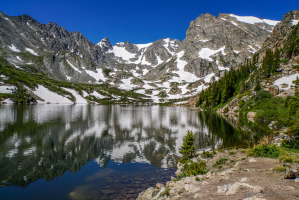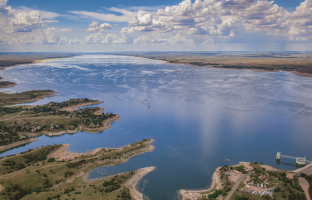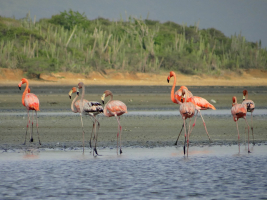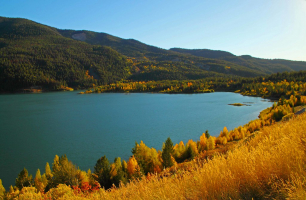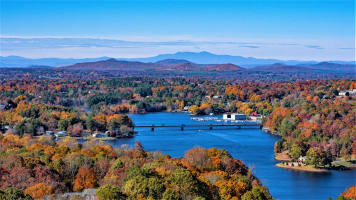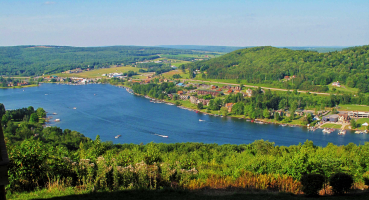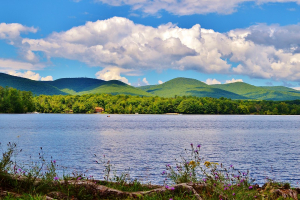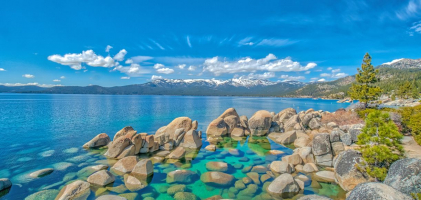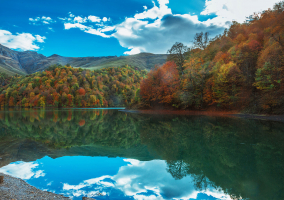Top 11 Best Lakes To Visit in Mississippi
Mississippi is a state in the American South with the same name as the river that forms its western boundary. In addition to having a great environment, the ... read more...state is rich in history and culture. The Mississippi lakes are a fantastic place to fish all year long or to stay cool in the summer. Be sure to visit one of the best lakes to visit in Mississippi if you travel there.
-
The Aberdeen Lock and Dam built in 1981 created Aberdeen Lake, a man-made reservoir in the Tennessee-Tombigbee Waterway in northeast Mississippi. It's one of the best lakes to visit in Mississippi. Aberdeen Lake, 1100 km2, elev 80 m, maximum length 91 km, is located in Nunavut, 213 km south of the Arctic Circle. It is part of a closely linked chain (west to east: Lakes Beverly, Aberdeen and Schultz) of elongated lakes that, together with Baker Lake, form a 2987 km2 drainage basin for the Thelon River before it empties into Hudson Bay via the 160 km long Chesterfield Inlet.
The United States Army Corps of Engineers oversees the 4,121-acre lake and the nearby recreational land areas. In addition to swimming, fishing, water skiing, boating, and nature trekking to the top of the region's surrounding clay and limestone bluffs, a number of outdoor day-use recreational activities are available. The Blue Bluff Campground and Recreation Area provides camping options, including RV hookup sites. The lake hosts the Tenn-Tom Bassmaster Classic in April, which attracts competitors from all across the area. A lakefront restaurant, the historic Elkin Theater, and numerous historic homes that are available to the public as living history home museums are among nearby things to do in Aberdeen.
Location: Monroe County
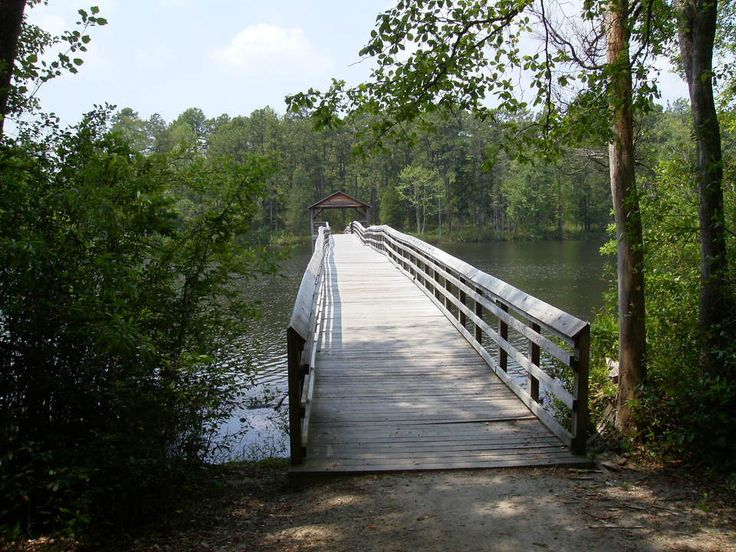
Photo: Pinterest 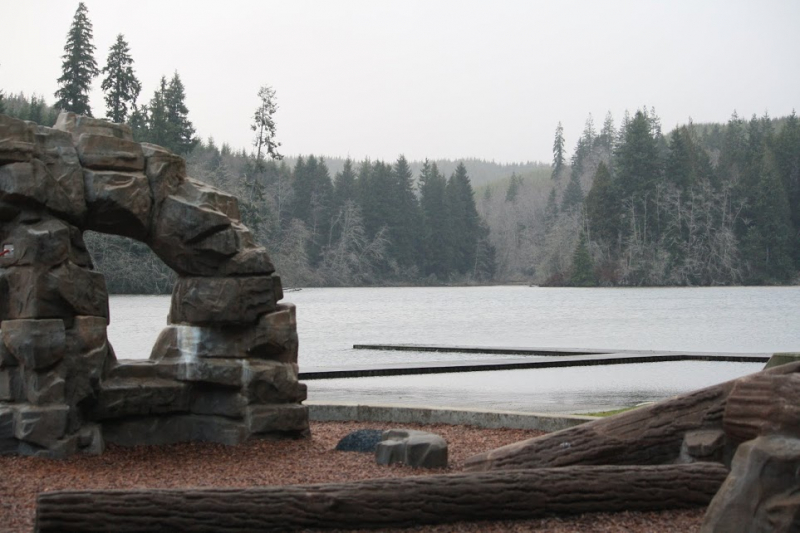
-
On the 234-mile Tennessee-Tombigbee Waterway, which is man-made, there are ten lakes, including Aliceville Lake, also known to fishermen as Pickensville Lake.
The 8,300-acre lake was first dammed in 1980, but it wasn't made accessible to the public until 1985. White-tailed deer, quail, and wild turkey are among the many plants and animals that call the lake home today. These animals can be hunted in authorized hunting zones with a licence. The lake's abundance of largemouth bass and crappie provides a variety of fishing options. Additionally authorized activities include swimming, boating, bird watching, and picnicking. Families can also utilize the nearby playgrounds. Other visitor amenities include the Pickensville Campground, which has tent and RV hookups, and the Tom Bevill Lock and Dam Visitor Center, which recreates a historic plantation estate.
Along the waterway, Aliceville Lake is used for navigation, recreation, and wildlife mitigation. On the lake, you may go camping, picnicking, swimming, boating, fishing, hunting, and viewing birds. Customers can take advantage of a variety of amenities at the Pickensville Campground, Raleigh Ryan Access Area, and Tom Bevill East and West Bank Fishing Areas, including parking, restrooms, playgrounds, and wheelchair accessible.Location: Pickens County
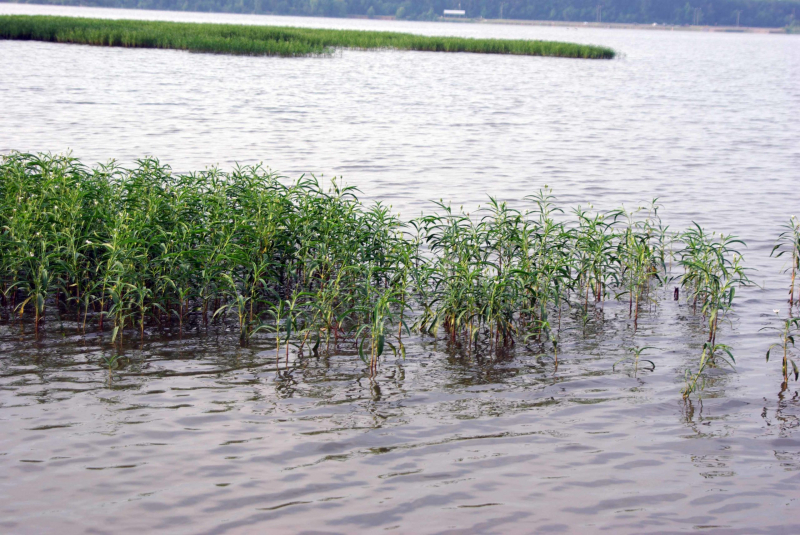
Photo: Mississippi Sportsman 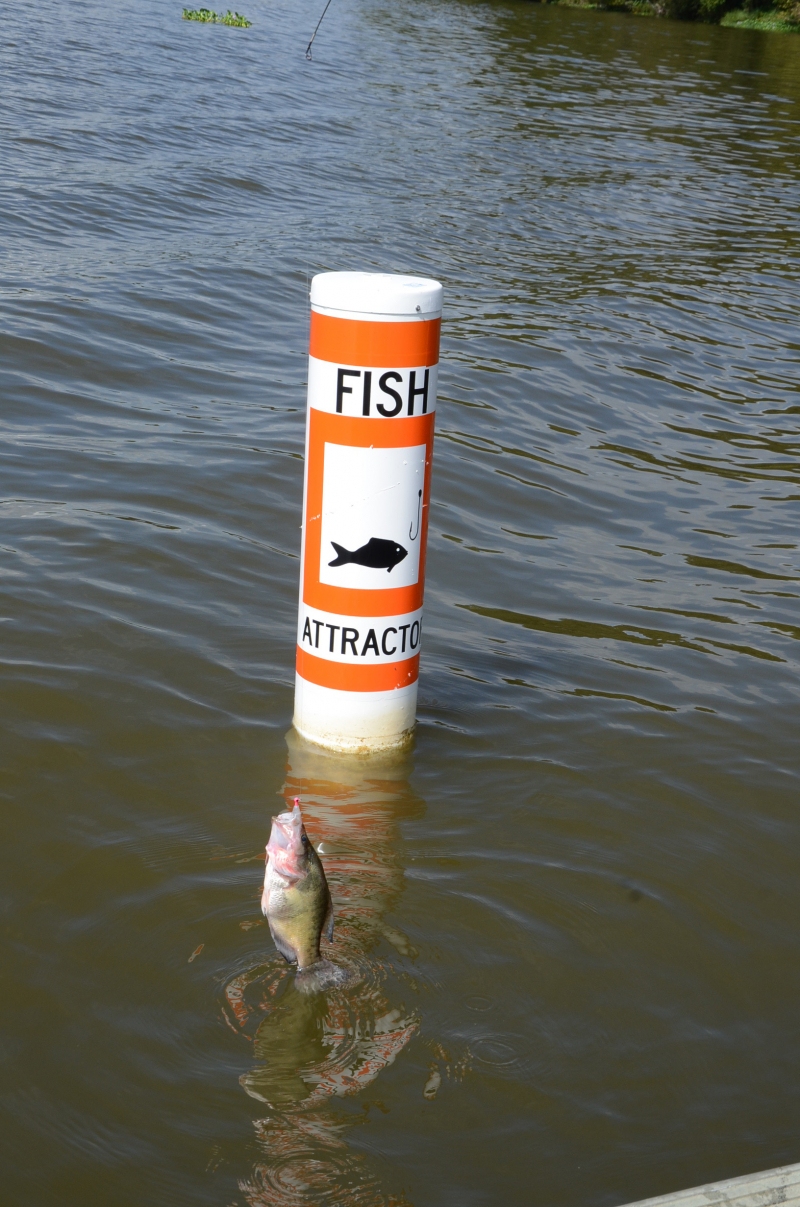
Photo: John In The Wild -
One of the four lakes managed by the U.S. Army Corps of Engineers in North Mississippi is Enid Lake. The Enid Lake Project was built starting in 1947 and was finished in December 1952. The Yazoo Headwater Project, which includes Enid Lake, was created to help save the Mississippi Delta against flooding.
Some of the most cutting-edge camping facilities in the area may be found at Enid Lake. Our campgrounds are particularly well-liked by campers. Five Class A campgrounds are maintained and run by the U.S. Army Corps of Engineers at Enid Lake. These campgrounds are Wallace Creek, Persimmon Hill, Chickasaw Hill, Ford's Well, and Water Valley Landing. In addition to offering first-rate camping options, Enid Lake also offers a wide range of other outdoor activities, such as hiking, boating, swimming, picnicking, fishing, hunting, horseback riding, and wildlife viewing. The National Recreation Reservation Service has named Enid Lake as one of the Top 10 Fishing Spots in America and Persimmon Hill Campground as one of the Top 100 Family Campgrounds twice. In addition to being a camper's paradise, Enid Lake is also the place where a world record-breaking white crappie, weighing an astonishing 5 pounds 3 ounces, was caught.
Location: Yalobusha County
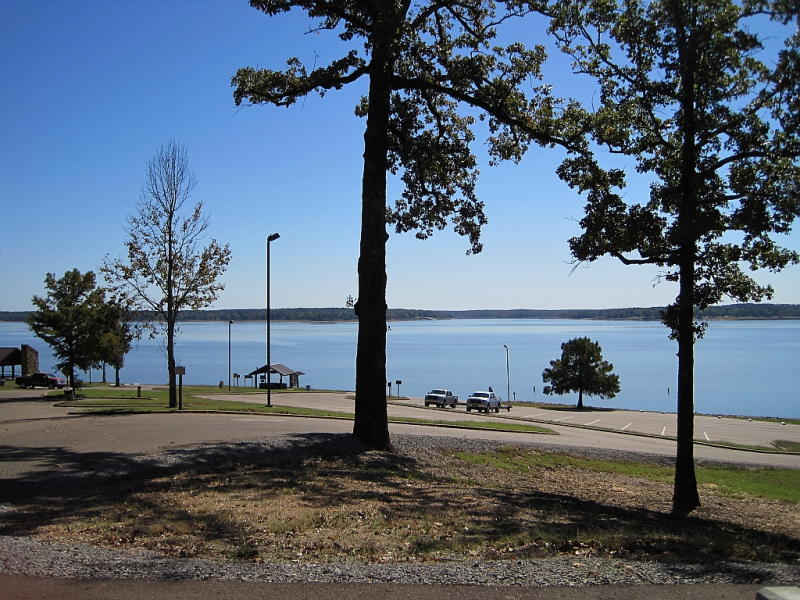
Photo: Wikipedia 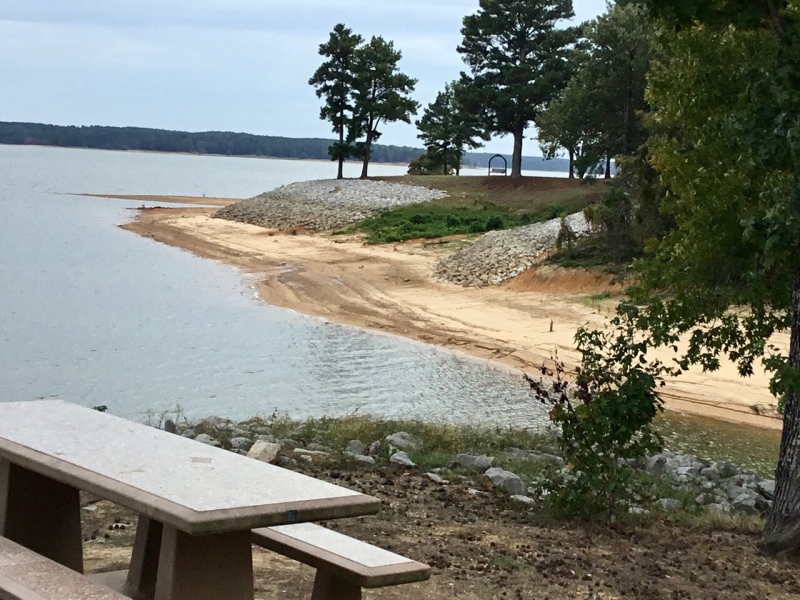
Photo: Tripadvisor -
After the Great Flood of 1927, Sardis Lake, which lies in north-central Mississippi, was initially created. The easy position of Sardis Lake-about an hour from Memphis, Tennessee-is one of its appealing qualities. Although the lake has a surface size of nearly 98,000 acres, its regular pool conditions are substantially smaller, at 32,500 acres, making it technically the third largest lake in the state.
When it comes to the activities offered in Sardis Lake, fishing is at the top of the list. Also very popular are hunting, camping, boating, skiing, swimming, picnicking, and animal viewing. Largemouth bass, spotted bass, blue catfish, channel catfish, flathead catfish, black crappie, white crappie, bluegill, redear sunfish, and white bass are just a few of the fish species that anglers can anticipate to catch at Sardis Lake.
Canadian geese, black duck, mallard, pintail, gadwall, hooded merganser, wood duck, canvasback, and ring-necked ducks are among the birds that can be spotted at Sardis Lake. Bald eagles, white pelicans, Bonaparte's, ring-billed gulls, and herring gulls are a few other bird species that are frequently seen. A wide variety of wildlife, including whitetail deer, bobwhite quail, eastern wild turkey, migrant waterfowl species, rabbit, dove, raccoon, and squirrel, are available for hunting at Sardis Lake.Location: Lafayette / Panola / Marshall counties
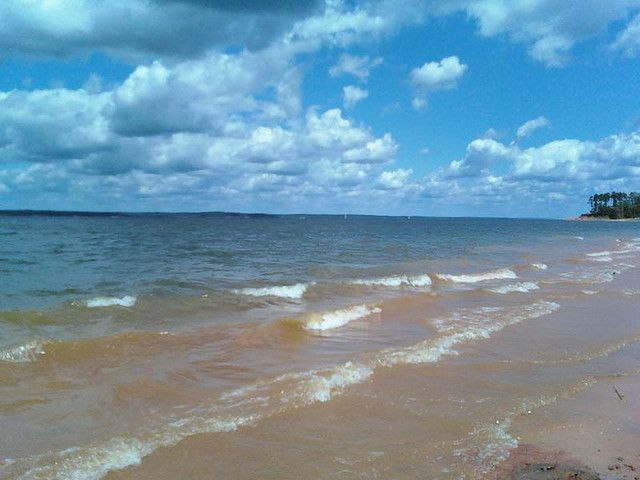
Photo: Pinterest 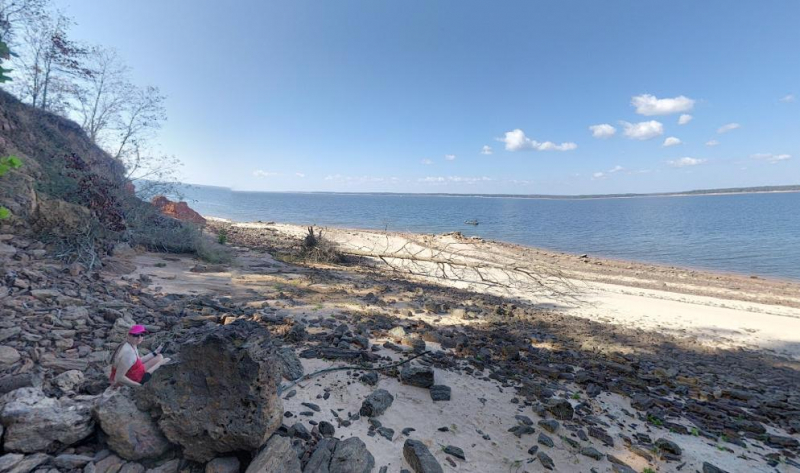
Photo: OnlyInYourState -
As part of the state's response to the Great Mississippi Flood of 1927, Arkabutla Lake was formed together with three additional lakes. Through the 1937 Flood Control Act, which was approved by Congress, the U.S. Army Corps of Engineers developed and constructed the lake. In 1942, the lake was created, completely flooding and submerging the small town of Coldwater.
Although the lake's main function is flood control, it also acts as a successful fishery. Anglers can anticipate bringing home a variety of species from the available fish. Largemouth bass, smallmouth bass, spotted bass, blue catfish, black crappie, white crappie, bluegill, green sunfish, longear sunfish, redear sunfish, warmouth, and white bass are among the fish that may be found in Arkabutla Lake.
"O Brother, Where Art Thou?" from 2000 is another film that made Arkabutla Lake famous. The Joel and Ethan Coen-written, produced, co-edited, and George Clooney, John Turturro, Tim Blake Nelson, Chris Thomas King, and John Goodman-starrer is a musical comedy-drama. In the movie, Arkabutla Lake is referred to as Arktabutta Reservoir, and elements of the lake's formation and past are used as inspiration.
Location: DeSoto / Tate counties
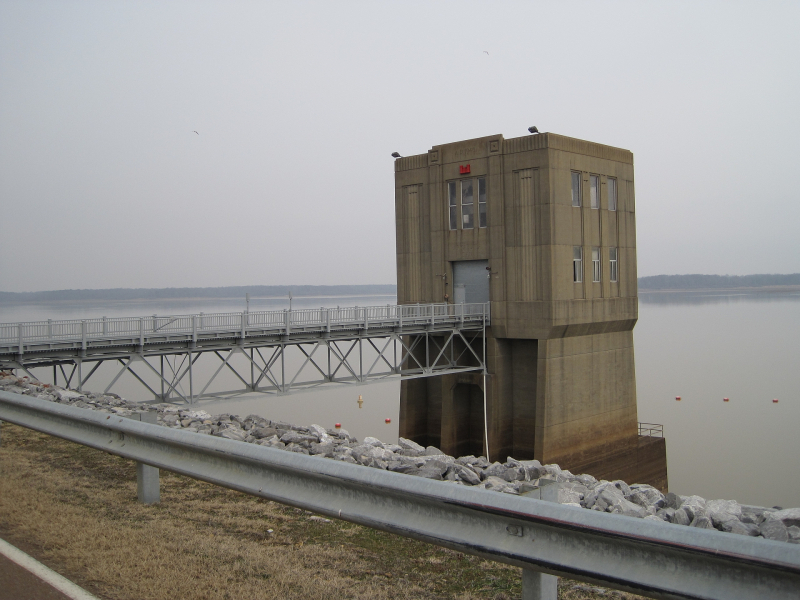
Photo: Wikipedia 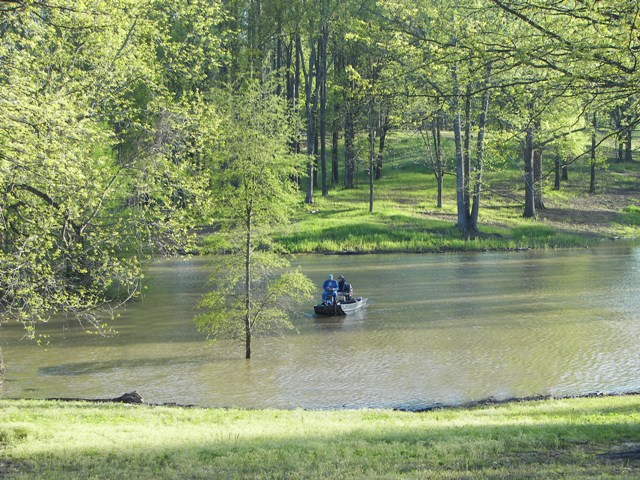
Photo: Vicksburg District - U.S. Army -
One ò the best lakes to visit in Mississippi-Columbus Lake, located in northeastern Mississippi, is the largest reservoir along the Tennessee-Tombigbee Waterway. A forty-four thousand acre series of lakes known as the Tenn-Tom was constructed largely to enable commercial water transportation. Water sports like water skiing, tubing, boating, and fishing are quite popular at Columbus Lake.
Columbus Lake is frequently referred regarded as "Mississippi's Crappie Hotspot" because of the abundance of crappies there. The waters of Columbus Lake are home to numerous additional fish species, such as spotted bass, blue catfish, and largemouth bass. Smallmouth bass, walleye, catfish, carp, bluegill, and sunfish are additional fish species that can be found in Columbus Lake, though in less quantity.Columbus Lake's Dewayne Hayes Campground provides full-service camping as well as play areas, hiking paths, multi-use courts, picnic spots, and educational activities. There are many services available at Columbus Marina at Columbus Lake, including WiFi, a boat ramp with launching service, and on-site laundry. Visitors to the lake can also benefit from Columbus, Mississippi, which is close by and has many historic sites and antique shops.
Location: Lowndes / Clay counties
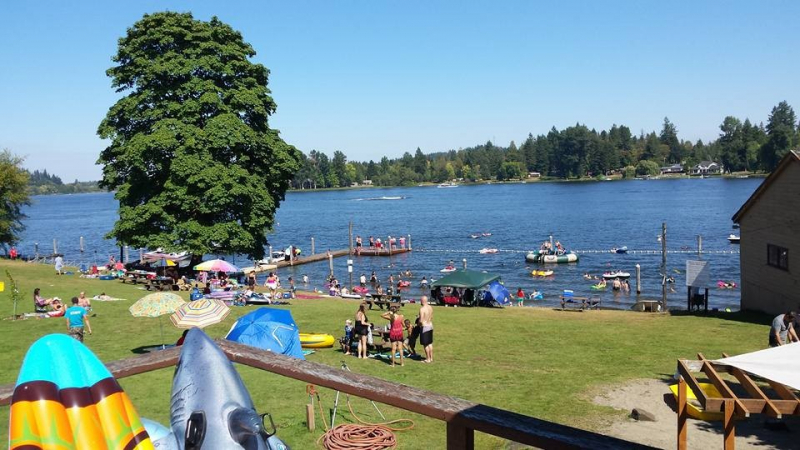
Photo: Experience Olympia 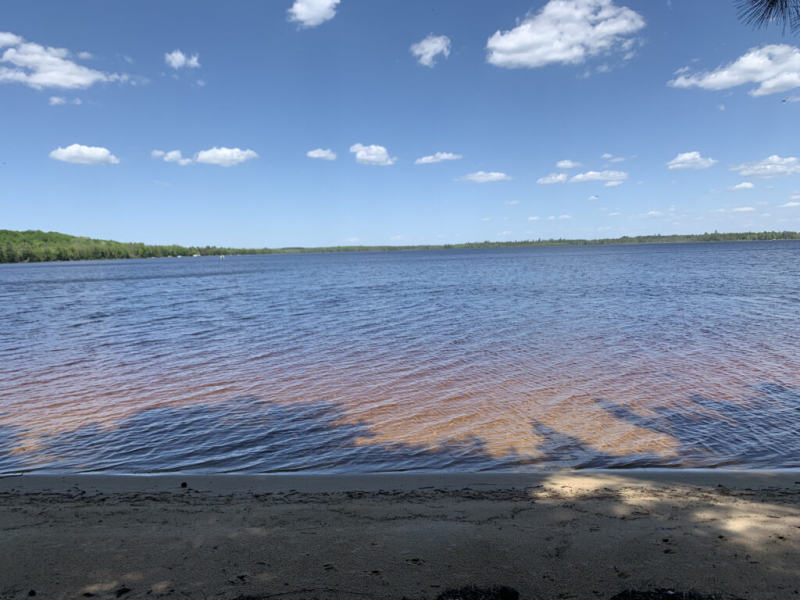
Photo: Northwoods Realty -
The Okatibbee Reservoir was established in 1968 to lessen flooding along the Chickasawhay River and Okatibbee Creek and is situated in the central-eastern part of Mississippi. Today, Okatibbee Lake tourists can take advantage of the cottages, full hookups, and rustic campers there and take advantage of the many activities offered, from boating and birdwatching to fishing and hunting. The Okatibbee Reservoir, which also serves as a source of drinking water for the local government, was created by the earthen gravity dam known as Okatibbee Dam.
Okatibbee Reservoir reportedly offers some of Mississippi's best largemouth bass, catfish, and crappie fishing. Black bass, gizzard shad, threadfin shad, spotted sucker, blue catfish, channel catfish, warmouth, bluegill, longear sunfish, redear sunfish, spotted bass, white crappie, and black crappie are just a few of the many fish species found in the lake. At Okatibbee Reservoir, there are five public boat ramps available for complete lake access, and there is also bank fishing available.
Hunting for deer and squirrels is permitted in the nearby, almost 7,000-acre wilderness area that the U.S. Army Corps of Engineers manages. At Okatibbee Reservoir, hunters also pursue rabbit, quail, and turkey, though to a lesser extent. The Okatibbee State Species Area, which is situated north of the Okatibbee Reservoir, is a crucial resource for the conservation and shelter of wildlife.
Location: Lauderdale County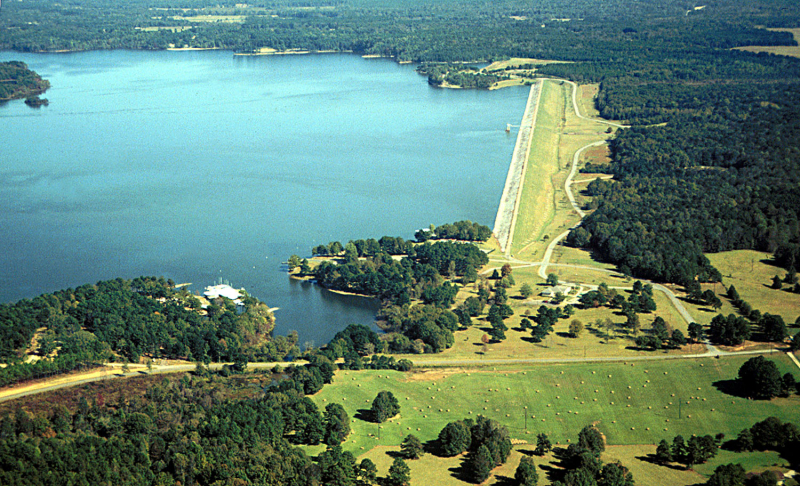
Photo: Wikipedia 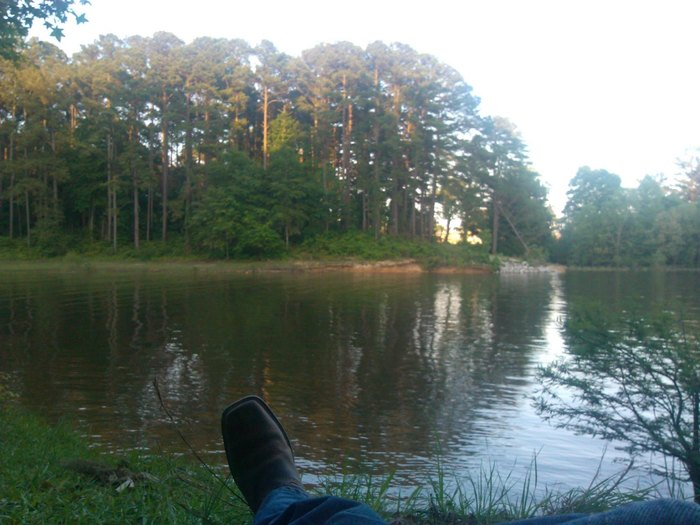
Photo: Only In Your State -
West-central Mississippi is home to Lake Washington, which was formerly a branch of the Mississippi River. The Mississippi River changed its path in 1300 AD, creating the present-day lake. An oxbow lake, Lake Washington has a distinctive double-crescent shape.
The abundance of crappie at Lake Washington attracts anglers from far and wide. Bowfin, bluegill, buffalo, bullhead, carp, channel catfish, crappie, drum, flathead catfish, gar, green sunfish, hybrid white bass, largemouth bass, minnows, silversides, and yellow bass are just a few of the various fish species that may be found at Lake Washington. Alligators are also fairly frequent in Lake Washington, but more so in the nearby protected areas, so anglers should be aware of this.
Despite the modest size of the lake, the 2012 filming of the horror thriller Haunted utilized a historical mansion built from a Sears & Roebuck Company kit in the early 1900s. Visitors to the lake can also explore the nearby Yazoo National Wildlife Refuge, which is the state's first wildlife refuge. Numerous species of mammals, reptiles, and amphibians call the refuge home. among them are the raccoon, nutria, opossum, swamp rabbit, beaver, muskrat, mink, bobcat, white-tailed deer, salamander, spring peeper, bullfrog, Fowler's toad, American alligator, common snapping turtle, midland smooth softshell turtle, broad-banded water snake, timber rattlesnake, and eastern cottonmouth.
Location: King County
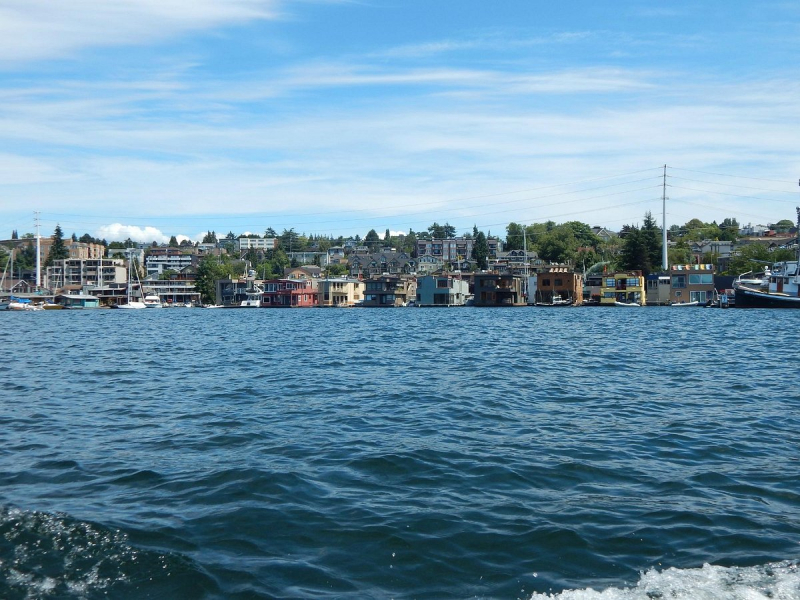
Photo: TripAdvisor 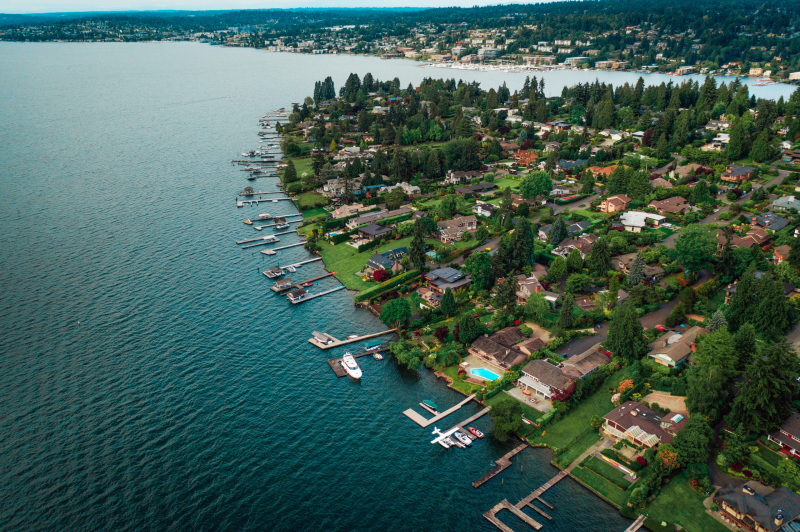
Photo: Basta Boatlifts -
Thirteen cutoffs along the Mississippi River were created as part of a 1933 United States Army Corps of Engineers project, which included Tunica Lake. The cutoff that eventually led to Tunica Lake was the last one built as part of the project in 1942, the year the lake was first discovered. A narrow canal named The Shoo Fly Bar links Tunica Lake with the Mississippi River.
The main fish species targeted by anglers at Tunica Lake are bream and crappie. Largemouth bass, white bass, yellow bass, bowfin, buffalo, channel catfish, common carp, drum, flathead catfish, gar, and green sunfish are just a few of the more fish species that may be found in Tunica Lake. Anglers should be aware that Tunica Lake's depths might change depending on the location and the river's stage.
Bream fishing is greatest in late May, around Memorial Day, when the water is colder and bream are spawning. Austin, a town with amenities, is located north of Tunica Lake, and on the south side of the lake is a tiny settlement with cottages, fishing camps, bait shops, an RV park, and four boat ramps. The Rabbit Factory by Larry Brown, published in 2003, makes notable reference of the lake.
Location: Lee County, Arkansas, Tunica County
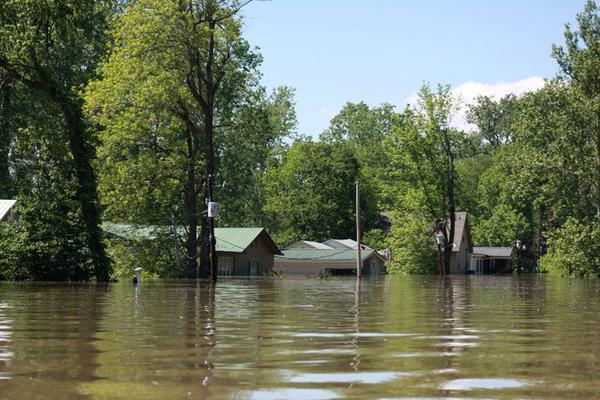
Photo: Crappie.com 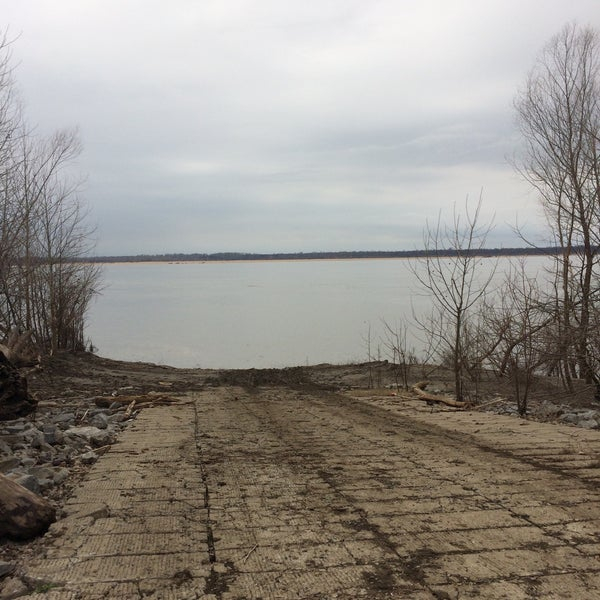
Photo: Foursquare -
Grenada Lake, which is situated in north-central Mississippi, was first built to help the Yazoo River Basin avert flooding. The Great Flood of 1927 prompted the construction of the lake. It was created as part of the wider Mississippi River Basin Flood Control Project's Grenada Lake Project.
Grenada Lake is presently popular and used by locals and visitors to Mississippi for outdoor leisure activities outside of its original flood mitigation functions. A renowned trophy crappie fishing, Grenada Lake yields catches of the species weighing up to three pounds! Grenada Lake also offers a variety of other fish species, such as largemouth bass, spotted bass, channel catfish, flathead catfish, blue catfish, bluegill, green sunfish, longear sunfish, redear sunfish, warmouth, and white bass, in addition to the excellent crappie fishing.
Hugh White State Park at Grenada Lake offers extra outdoor recreational activities and amenities and is ideally located halfway between Memphis, Tennessee, and Jackson, Mississippi. Horned larks, northern harriers, American kestrels, loggerhead shrikes, eastern bluebirds, eastern meadowlarks, different blackbirds, short-eared owls, vesper sparrows, Savannah sparrows, and field sparrows are among the common species seen when birdwatching at Grenada Lake and the state park. Hugh White State Park in Grenada Lake also offers camping, boating, canoeing, kayaking, biking, hiking, golf, disc golf, picnics, and swimming as additional facilities.
Location: Grenada / Yalobusha counties
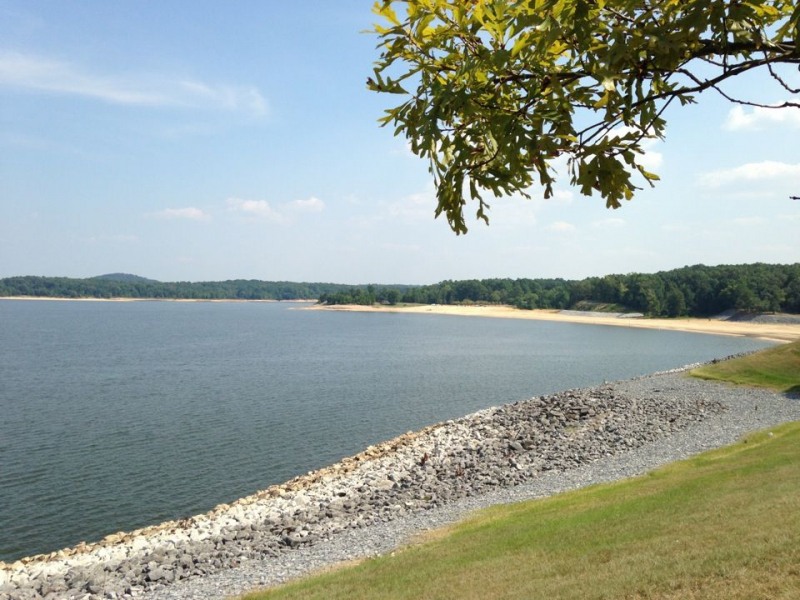
Photo: Pinterest 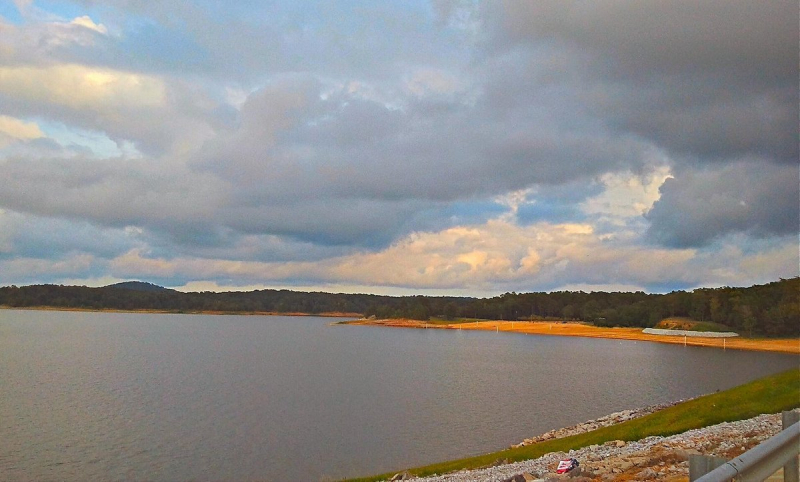
Photo: Pinterest - Grenada Lake -
In the American state of Mississippi's DeSoto County sits the city of Horn Lake. The location is 1.9 kilometers (1.2 miles) south of Memphis, Tennessee.
Southaven, a city, abuts Horn Lake to the north, east, and southeast. The majority of Horn Lake's eastern boundary is formed by U.S. Route 51, which travels 9 miles (14 km) south to Hernando, the DeSoto County seat, and 15 miles (24 km) north to downtown Memphis. Exits 287, 289, and 901 provide access to Interstate 55, which runs just east of Horn Lake.
Horn Lake and the surrounding area are regarded as a suburb of Memphis and provide quick access to the city's lodging, restaurants, and tourist attractions. When a little portion of the Mississippi River was cut off naturally, creating a dammed lake region, the lake was created in the middle of the 19th century. The 1,200-acre Ox Bow Lake is located in Shelby County, Tennessee and DeSoto County, Mississippi. It offers boating, canoeing, and kayaking as well as fishing for pumpkinseed sunfish, flathead catfish, and largemouth bass. Although there are no camping facilities on-site, Horn Lake, a nearby community, offers a wide range of entertainment and lodging options, including restaurants and bed and breakfast establishments.
Location: DeSoto County
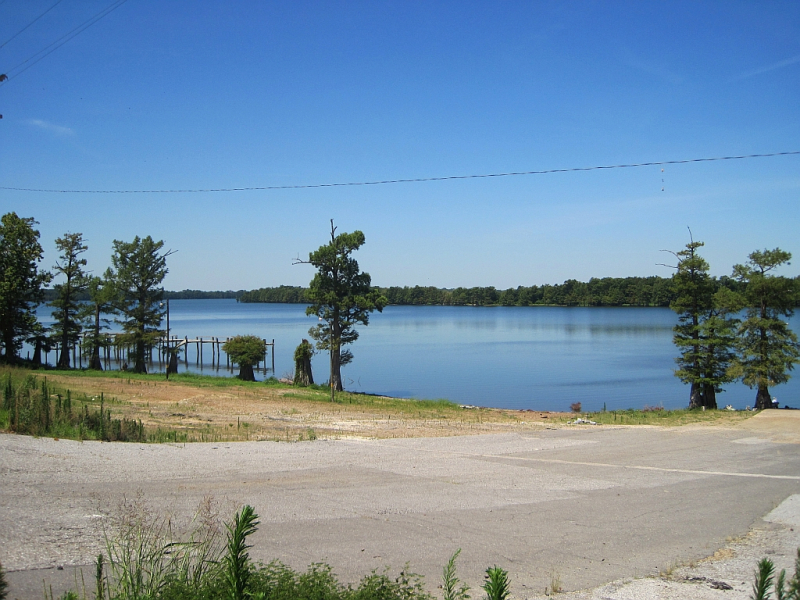
Photo: Wikimedia Commons 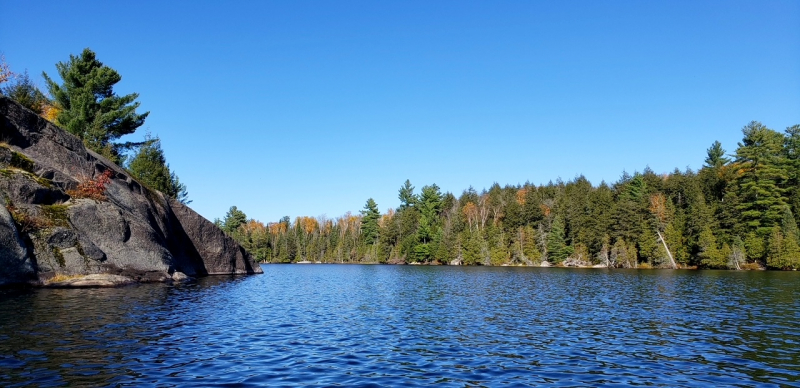
Photo: Cottage Vacation Rentals













